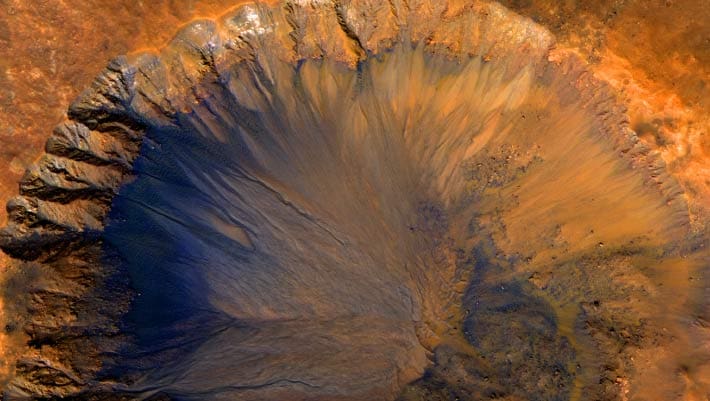Mars is located at the extreme limits of brine stability; and only a combination of the most favorable environmental conditions and lowest eutectic temperature salts allows for brines to be at least temporarily stable on the Martian surface, according to a new study published in the Proceedings of the National Academy of Sciences.

Support authors and subscribe to content
This is premium stuff. Subscribe to read the entire article.
Login if you have purchased
